In the dynamic landscape of today’s workplace, accurately measuring employee job performance is crucial for organisational success. Traditional methods often fall short, and businesses are increasingly recognising the need for a more nuanced and effective approach. In this blog post, we will explore the key elements of how to measure employee job performance correctly and discuss strategies for fostering a culture of continuous improvement.

5 Key Elements of Measuring Employee Job Performance Correctly
- Set Clear Expectations:
The foundation of effective performance measurement lies in setting clear expectations. Employees need a comprehensive understanding of their roles, responsibilities, and performance criteria. This clarity not only helps in aligning individual goals with organisational objectives but also provides a solid basis for evaluation.
To achieve this, employers should establish well-defined job descriptions, outline key performance indicators (KPIs), and communicate performance expectations transparently. Regularly revisit and update these expectations to ensure they remain relevant in the ever-evolving business landscape.
2. Establish Measurable Goals:
Quantifiable goals provide a tangible framework for measuring employee performance. Rather than vague targets, establish SMART goals—Specific, Measurable, Achievable, Relevant, and Time-bound. This approach ensures that employees understand what is expected of them and allows for objective evaluation.
Encourage employees to participate in the goal-setting process, fostering a sense of ownership and commitment. Regularly review and adjust goals as necessary, taking into account changing business priorities or individual development needs.
3. Implement Regular Feedback Mechanisms:
Feedback is a cornerstone of performance measurement. Regular, constructive feedback provides employees with insights into their strengths and areas for improvement. It also facilitates ongoing communication between employees and managers, fostering a culture of continuous improvement.
Consider implementing a mix of formal and informal feedback mechanisms, such as regular performance reviews, one-on-one meetings, and real-time feedback tools. The goal is to create an environment where employees feel comfortable seeking and receiving feedback to enhance their performance.
4. Utilize 360-Degree Feedback:
Traditional performance reviews often involve only a top-down evaluation, with managers assessing their subordinates. 360-degree feedback, on the other hand, involves input from multiple sources, including peers, subordinates, and even customers.
This comprehensive approach provides a more holistic view of an employee’s performance, offering valuable insights into teamwork, communication skills, and overall impact on the organisation. Implementing 360-degree feedback encourages collaboration and helps employees develop a well-rounded skill set.
5. Embrace Technology:
In the digital age, technology plays a vital role in enhancing performance measurement. Utilise performance management software and tools to streamline the evaluation process, track progress, and gather data for analysis.
Performance analytics can provide valuable insights into trends, patterns, and areas for improvement. Leveraging technology not only saves time but also allows for a more objective and data-driven assessment of employee performance.
Conclusion
Measuring employee job performance correctly is a multifaceted endeavour that requires a combination of clear expectations, measurable goals, regular feedback, 360-degree evaluation, and the integration of technology. By adopting a holistic approach, businesses can create a culture of continuous improvement, empowering employees to reach their full potential and contributing to the overall success of the organisation. Now you know how to measure employee job performance correctly, what can you start to implement today?
Contact 2i Recruit

